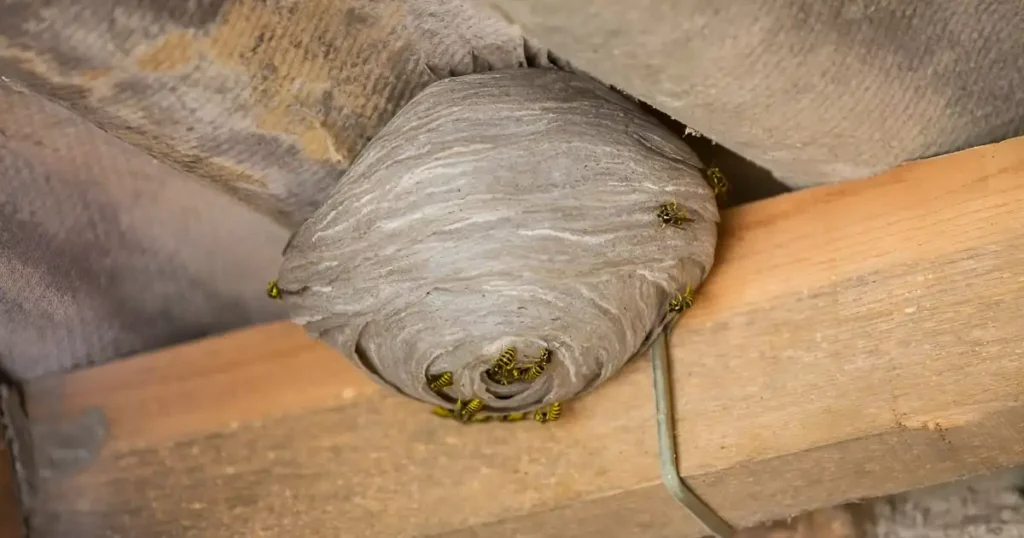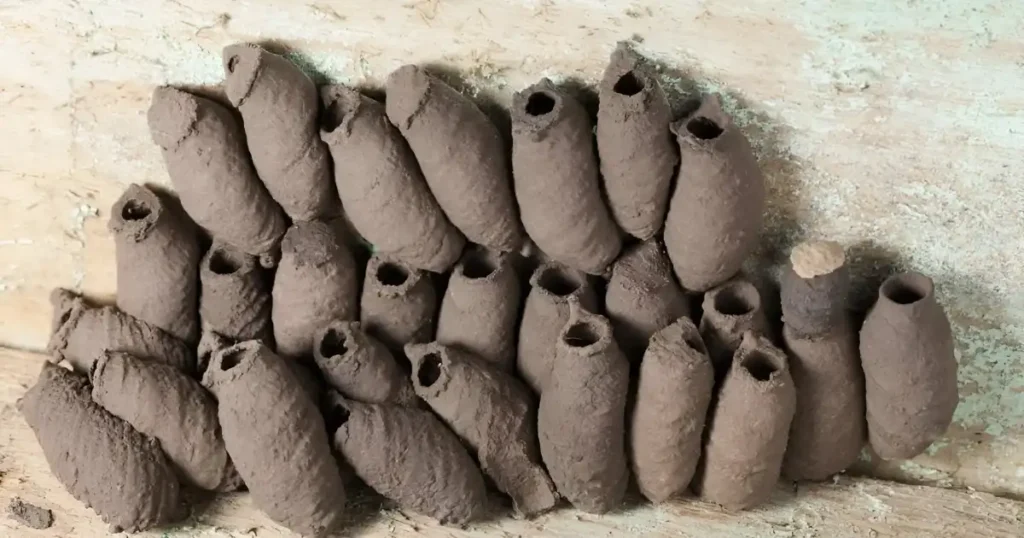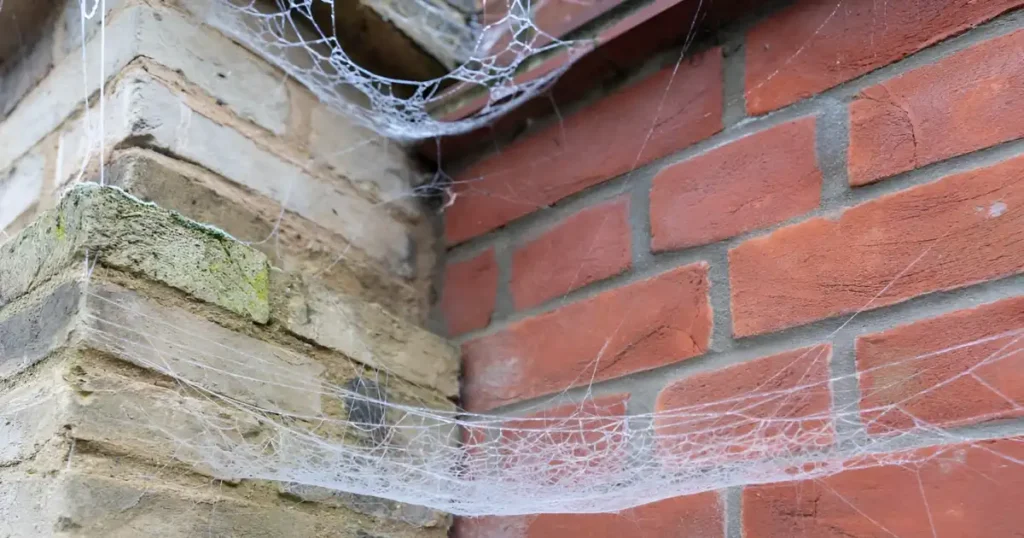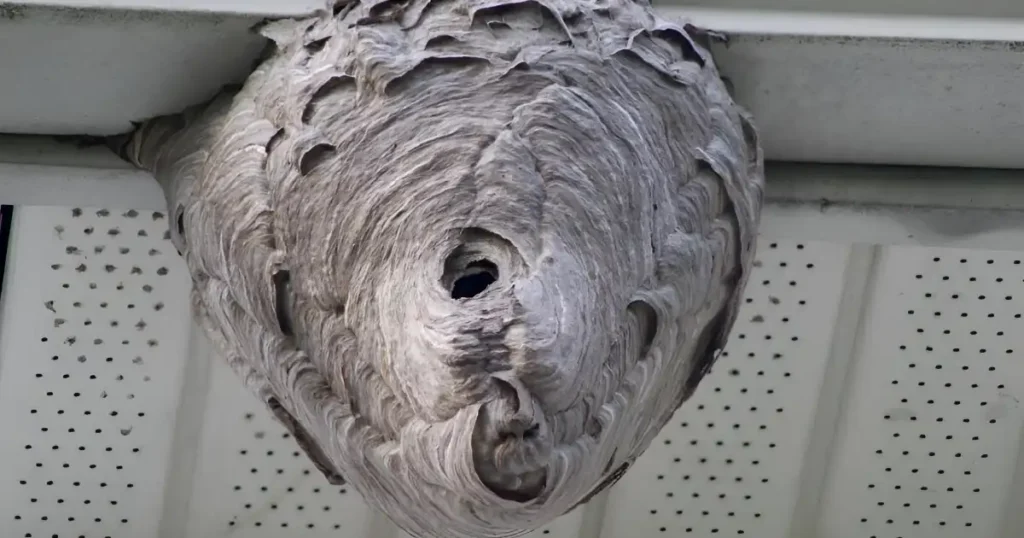
Wasp nests can pose significant risks to humans and pets, especially when located near homes or outdoor spaces. Removing a wasp nest safely can be achieved through proper techniques and precautions, minimizing the chances of stings. Understanding the behavior of wasps and the right timing for removal is crucial for an effective approach.
Professional pest control is often the best option for large nests or those in difficult-to-reach areas. They possess the expertise and tools necessary to handle the situation safely. For smaller nests, homeowners can consider DIY methods, but caution is paramount to avoid provoking the wasps.
Before attempting any removal, identifying the nest type is essential, as different wasps may require varied approaches. Taking these steps ensures not only a safer environment but also effective pest management.

Wasp nests present unique characteristics and require specific methods for effective removal. Recognizing what these nests look like and how to safely eliminate them is essential for anyone dealing with an infestation.
Wasp nests vary in appearance based on the species but generally share common traits. They are often spherical or oval in shape and can be made of a paper-like material created from chewed wood fibers mixed with saliva.
Typical sizes range from a few inches to over two feet in diameter. The exterior usually has a gray or brownish color, with a smooth, papery texture. Nests can be found in a variety of locations, such as:
Recognizing these features can help identify a nest quickly, allowing for timely removal and reducing the risk of stings.
Removing a wasp nest yourself requires careful planning to ensure safety. The best time for removal is at dusk or dawn when wasps are less active. Wearing protective clothing, such as long sleeves and gloves, is crucial.
Tools needed for DIY removal include:
When applying the insecticide, stand at a safe distance and spray directly into the entrance of the nest. It’s important to follow up by observing the nest for activity. After ensuring all wasps are inactive, the nest can be safely removed and disposed of.
However, keep in mind that this is a dangerous process and that it may not work. If you want an effective and permanent removal, your best bet is to contact a professional pest control company.

Mud dauber nests are distinct structures made from mud that these solitary wasps create for their larvae. Recognizing their appearance and understanding how to remove them safely is crucial for homeowners.
Mud dauber nests have a unique appearance characterized by their cylindrical shape and smooth texture. They are typically constructed in a series of small compartments or tubes.
The nest can range in color from light brown to grey, depending on the soil used in its construction.
Mud daubers often build nests in sheltered areas such as eaves, attics, or inside garages.
While not aggressive, these wasps can defend their nests if threatened. A common type of mud dauber is the black and yellow mud dauber.
Removing mud dauber nests requires caution and the right approach. First, it is advisable to wear protective clothing, including gloves and long sleeves, to minimize the risk of stings.
Using a ladder, safely access the location of the nest. A gentle scraping with a scraper tool or putty knife works well for removal.
For high nests, consider using a vacuum with a long hose to suck up the nest.
After removal, the area should be cleaned to remove any residual mud and debris. Proper disposal of the nest can prevent future Mud dauber infestations. Regular inspections of vulnerable areas can also help catch new nests early.
However, you should keep in mind that doing this may not be entirely effective and that the nest could be built again. Furthermore, while mud daubers are unlikely to become aggressive, there’s still a chance they might sting. So, your best choice for removing these nests is to contact a professional pest control company, as they will ensure your safety and the permanent removal of these nests.

Spider webs are common in various environments, often found in corners, attics, and outdoor spaces. Identifying their characteristics and understanding the best removal practices can help maintain a clean and safe area.
Spider webs typically exhibit a silken appearance, varying in size and shape depending on the spider species. Common types include:
The color may range from clear to grey or brown, with some appearing almost translucent. They often catch light, making them more visible.
Removing spider webs requires some care and attention to prevent damage and ensure cleanliness. Here are steps to follow:
While this is a pretty simple process, spiders are very likely to return to the locations of the removed webs and weave them again. If you want a more permanent spiderweb removal, get a professional pest control company to perform dewebbing services in your home.
Wasp nests, mud dauber nests, and spider webs have distinct characteristics.
Wasp Nests
Mud Dauber Nests
Spider Webs
| Type | Material | Shape | Typical Location |
| Wasp Nests | Papery substance | Globe or umbrella | Trees, attics |
| Mud Dauber Nests | Mud | Tubular | Sheltered spaces |
| Spider Webs | Silk | Varies (orb, funnel) | Corners, plants |
Recognizing these differences helps identify the correct removal method and safety precautions needed.

Removing wasp nests, mud dauber nests, and spider webs offers several advantages for homeowners.
1. Safety Improvement
Wasp stings can be painful and, for some, trigger allergic reactions. Eliminating nests lowers the risk of encounters with these insects, making outdoor spaces safer.
2. Property Protection
Nests and webs can cause structural damage over time. Mud dauber nests, for example, can degrade building materials. Removing them helps preserve the integrity of the home.
3. Cleanliness and Aesthetics
Nests and spider webs can create an unkempt appearance around the home. Their removal promotes a cleaner, more appealing environment for residents and guests.
4. Pest Control
Wasp nests may attract other pests. By removing them, homeowners can help prevent infestations of more insects that could disrupt their living spaces.
5. Peace of Mind
Knowing that nests have been removed can relieve anxiety. Homeowners feel more at ease when they know that they are not at risk from wasps or other pests.
Taking proactive steps to remove these nests contributes to a healthier and safer living environment.
Wasp nest and spider web removal requires careful planning and execution. A thorough understanding of these critters’ behavior and nest or web structure can significantly enhance safety and effectiveness during the removal process.
Consider the following steps:
It's essential to monitor the area after removal for any signs of returning critters. If the issue persists, consulting a professional pest control service is advisable.
Effective removal ensures a safer environment. Proper techniques help prevent potential injuries related to wasp stings. Ultimately, diligence and caution enhance the chances of a successful resolution. These are things that pest control professionals have plenty of experience with, so having these professionals perform the nest or spider web removal will yield better results than attempting to do it yourself.
Whether you’re dealing with a wasp nest, a mud dauber nest, or spider webs, Critter Stop is here to help! We are a fully licensed and insured professional pest control company servicing commercial and residential customers in Texas. We have a five-star reputation and offer industry leading guarantees, making sure we get pests out for good. Contact Us at (214) 234-2616 and schedule your free inspection and estimate today!
Visit our Critter Library and learn more about our furry friends